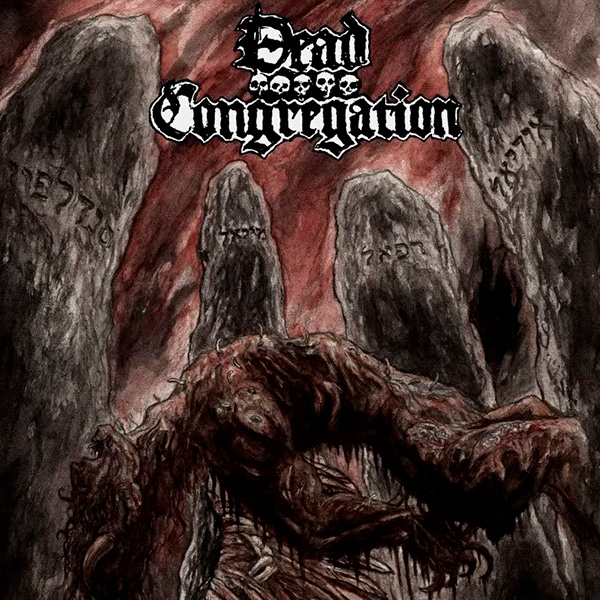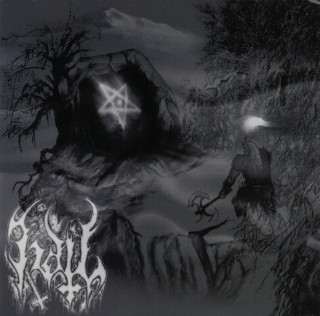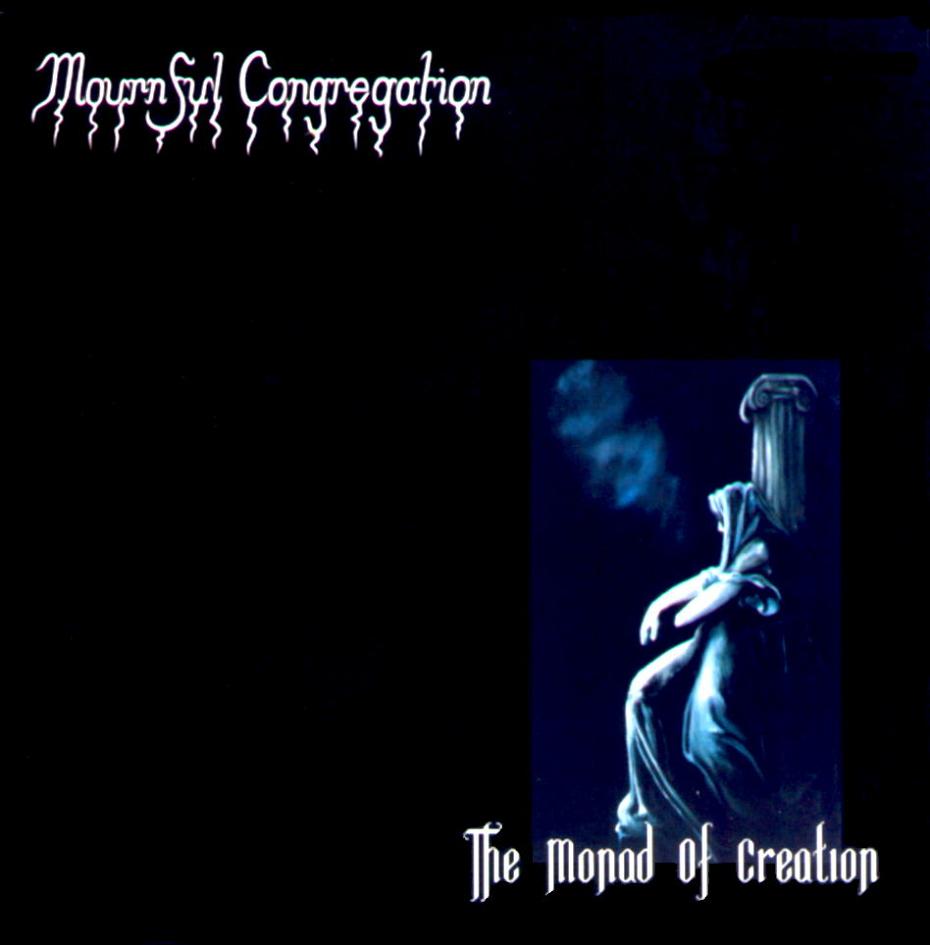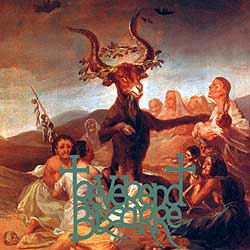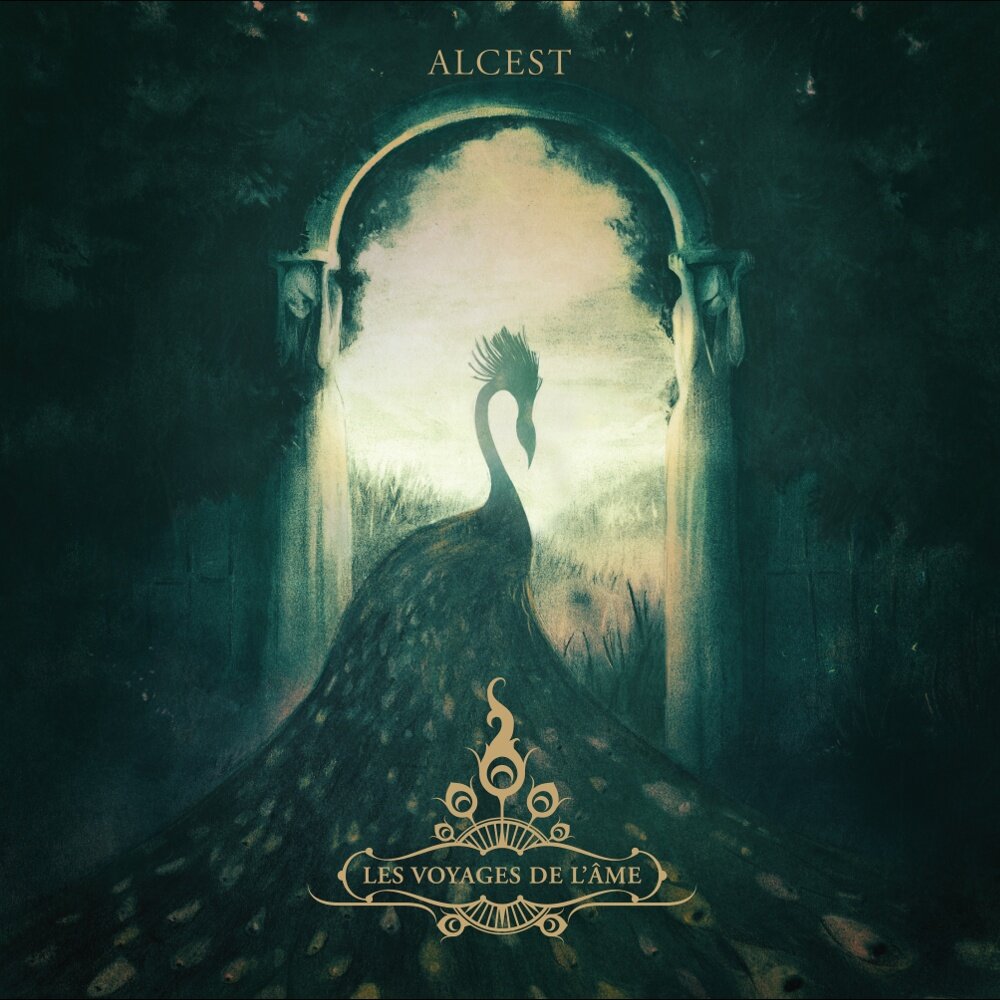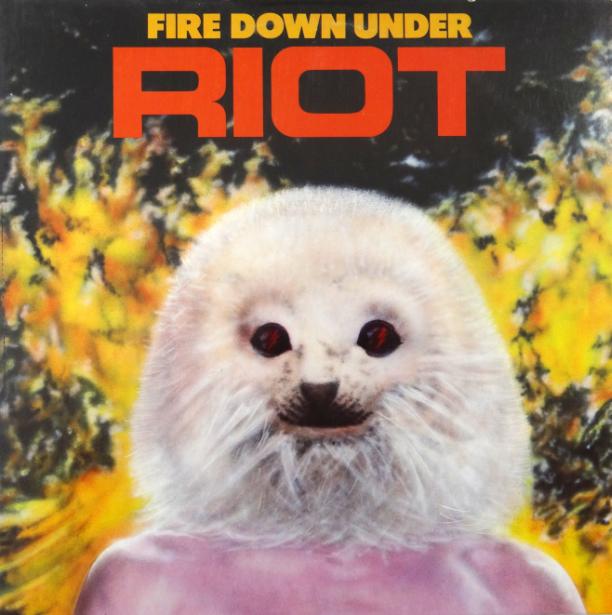Beherit - Engram
Multiple circles on the internet hold Engram as the best album released in the decade of 2000 to 2009. While it may not always be my personal preference, I can't really fault these fans for their praise. What we have here is basically Beherit, easily one of the best Finnish metal bands of the classic era, producing a synthesis of their entire catalog while still progressing and adapting to modern styles. Many of the songs on this album are played with even more energy and aggression than their ferocious classic Drawing Down The Moon, yet Beherit also draw from their ambient era, namely Electric Doom Synthesis, especially on the album closer "Demon Advance". Despite the obvious nods to their previous material, Beherit still manages to combine all these influences into something totally new and refreshing, even dressed up in a more modern, though never overly polished, production job.
Dead Congregation - Graves Of The Archangels
When viewed in context, Dead Congregation were certainly the best death metal band to come out of this decade. The Chasm are a contender, but considering they peaked with 1998's Deathcult For Eternity: The Triumph, none of their modern releases seem as relevant. Like Beherit, Dead Congregation find a way on this album to draw almost exclusively from old school influences and ideals without producing overly derivative material. The style here is simple; it is composed of equal parts Incantation and Immolation, but with Dead Congregation's own stylistic elements thrown into the mix. The doom-laden atmosphere of Incantation is perfectly melded with the dissonant elements of Immolation and is filtered through the guitarists own personal style, often utilizing with tasteful pinch harmonics, to create a unique riffing style to appease the old school fans tired of recycled material. The songwriting is plenty varied as well, allowing for both classic speedy tunes and monstrous epics.
Hail - Inheritance Of Evilness
Hail's one and only album may very well be the most interesting old school album of this last decade. What first appears to be a bloated and repetitive black metal release reveals its secrets upon further listens. Looking solely at the general sound of the various riffs and vocal passages, the album first appears to be an odd mix of early Beherit and Varathron. Indeed, Hail cover Varathron's classic "Unholy Funeral" on this album, and it blends so seamlessly with the rest of the album that the Varathron influences throughout the rest of the work become unmistakable. However, while the Beherit/Varathron mix is not done every day, what truly makes Hail unique is their songwriting. This may be a sacrilegious comparison, but their song structures remind me most of the legendary Hvis Lyset Tar Oss. Specifically, their songs gradually unfold as memorable leitmotifs are met with subtle variations, creating massive epics out of a few simple melodies rather than from dozens of unnecessary riffs.
Mournful Congregation - The Monad Of Creation
Although the funeral doom sub-genre got started a little later than the other brands of extreme metal, it still became pretty lifeless by the end of the millennium, with Worship releasing their masterpiece Last Tape Before Doomsday in 1999 and then declining like the rest of the core artists. I will acknowledge that, as far as general sound is concerned, Mournful Congregation don't differentiate themselves much from their '90s sound with this release; however, in terms of quality, the songs here are second only to An Epic Dream Of Desire. Thus, the album is still highly desirable considering their short demos leave the listener wanting more, and Tears From A Grieving Heart is not quite powerful enough to fulfill that need. Also, the production job is best on this release. If you're not familiar with Mournful Congregation's sound, they are a pretty standard (yet exceptional) funeral doom band combining the heaviness of Worship and the sorrowful, melodic focus of early Funeral.
Revelation - Release
Revelation are another band that can seem dull or uninspired on the surface; however, repeated listens reveal a deeply emotional spirit within this music. The vocal style may seem incredibly tame, and the album does open with a rather lethargic riff, but these less exciting moments effectively build anticipation for various climaxes within the album. On the surface, this album may be classified as traditional doom metal, with possible influences from Black Sabbath or Trouble, but a distinct element of progressive rock is also present, possibly reminiscent of Rush. As noted above, the songs do not surge forth with bombastic power but rather subtly build up into powerfully emotional passages. Continuing with the example of the first song, the lazy rock riff slowly transforms into a more immense doomy passage followed by an extended solo section. While I enjoy the songwriting and various other elements, the guitar solos are truly the highlight of this album for me. Very few traditional metal artists pour this much emotion and tasteful vibrato into their leads though some legends like Fates Warning come to mind.
Reverend Bizarre - In The Rectory Of The Bizarre Reverend
In my personal opinion, Reverend Bizarre's style is ideal for producing boring, lethargic songs, and indeed some of their material turns out that way, with the songs on this album being the main exception. Their style essentially consists of the heaviness and crawling tempos of Saint Vitus at their most extreme, along with sorrowful operatic vocals reminiscent of dramatic vocalists like Johan Langquist or Rob Lowe. Thus, like the slowest of Saint Vitus or a classic funeral doom band, the guitar work offers very little variation and relies on a hypnotic atmosphere and mood to appease listeners. In addition, when a band relies on three or four riffs to create a ten minute song, as a general rule, these riffs and their supporting lyrics have to be of the highest quality. On many of Reverend Bizarre's multiple splits, EP's, and full lengths, the music as a whole falls short of this expectation, but on In The Rectory Of The Bizarre Reverend, the riffs and vocals effectively keep the listener's interest for the album's full 74 minute duration. Specifically, "Burn In Hell!" has certain anthemic qualities while "The Hour Of Death" is Reverend Bizarre at their most mournful, and "Cirith Ungol" astonishingly manages to make a 21 minute song enjoyable first with strong fantastical lyrics and ultimately with a fitting epic climax.
Summoning - Oath Bound
This is likely the most controversial selection in this post, given the common belief that Summoning "release the same album over and over" compounded with the general preference for works like Dol Guldur or Nightshade Forests. Contrary to that hasty generalization, despite the same general formula, each Summoning release seeks to differentiate itself from the others through various songwriting and production choices; for instance, songwriting and production highlight the black metal elements of Minas Morgul while creating an almost entirely ambient album with Nightshade Forests. While Summoning may have peaked in the '90s, like Mournful Congregation, and tried to produce something more accessible with their 2001, Oath Bound's release in 2006 signified a complete return to form and more. In a way, the album focuses on keyboard work almost as much as Nightshade Forests; while the production certainly allows the guitars to be prominent on this release, the riffs are often ambient, complementing the keyboards completely instead of creating their own lead melodies. In addition, Oath Bound offers some of Summoning's very best songs, such as "Mirdautas Vras" and "Land Of The Dead", which are songs of the very highest caliber.
Reminder: This list focuses on albums that will remain classic for years to come; I am not implying that releases from Inquisition, The Chasm, Hour Of 13, Nocternity, Grave Miasma, etc. are not quality albums. Also, the list is solely for albums in the *old school* style, hence I ignored other quality releases from bands like Warning or Esoteric.

